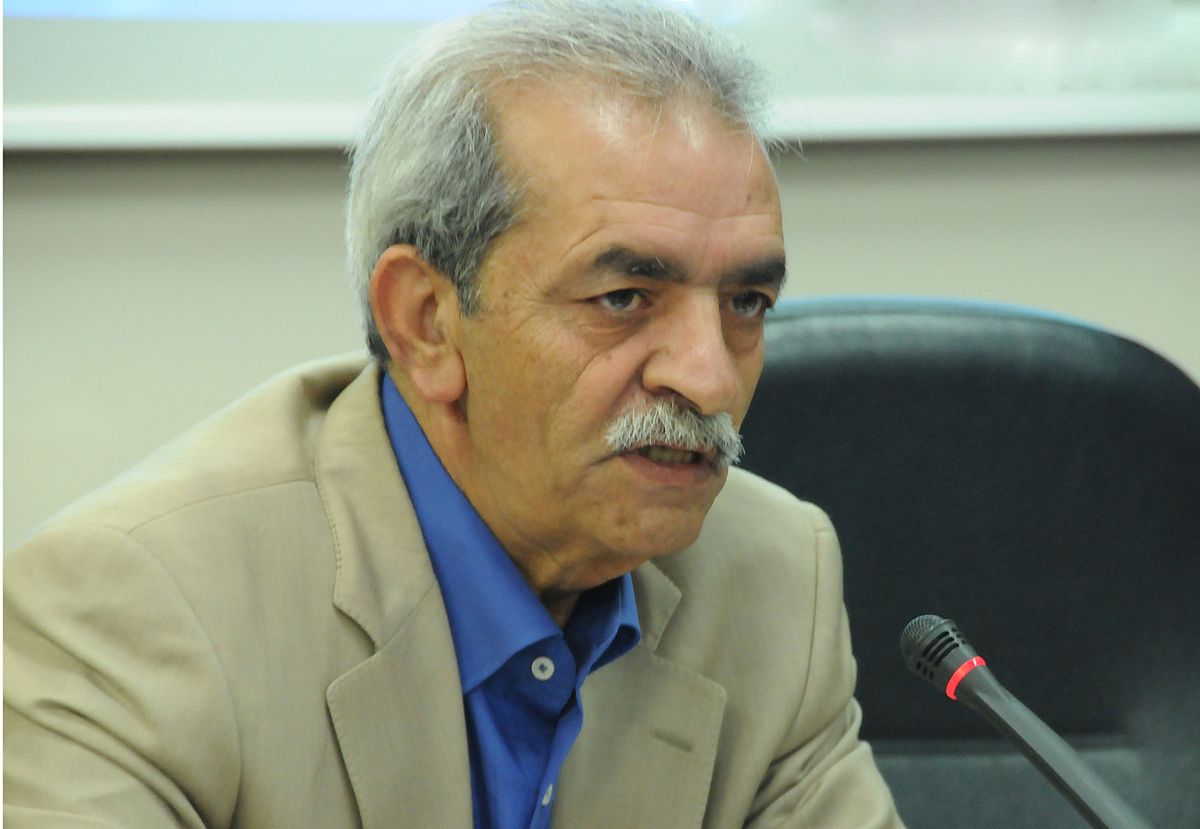The shift in Iran’s social classes over the past decade and a half has created problems for domestic producers, the chairman of Iran Chamber of Commerce, Industries, Mines and Agriculture said.
“The purchasing power of the lower and middle classes have plummeted over the years in a way that they are more inclined to buy cheaper products. On the other hand, the upper classes show more interest in purchasing high-quality foreign goods and so, Iranian products have lost their popularity with such customers,” Gholamhossein Shafei was also quoted as saying by ICCIMA's news portal.
Noting that the issue of high final prices of Iranian products must be dealt with, Shafei said Iranian industries lag behind in technology and therefore domestic products cannot compete with similar foreign products.
An ICCIMA report suggests that the key to stimulate demand is strengthening the purchasing power of the country’s civil servants and workers, which in turn stimulates domestic industries.
According to the report, Iran’s civil servants and workers are the main consumers and their role is vital for making the market thrive or fall into recession.
> Wage Increase Vs. Inflation
Experts believe the main reason for prolonged recession in the Iranian economy has been the lingering gap between workers and civil servants’ wages and inflation rates.
According to ICCIMA's statistics between 2005-6 and 2013-14 when former president Mahmoud Ahmadinejad was in office, the increase in wages did not catch up with galloping inflation, weakening the purchasing power.
According to a study surveying the 13 years between the fiscal 2005-6 and 2018-19, the widest gap between wage and inflation increases was registered in 2008-9 when the rise in wages of government employees was 18.1% less than the inflation rate. That year, the average inflation rate was 25.4% whereas civil servants’ salaries rose by 7.3%.
During the first presidential term of Hassan Rouhani (August 2013-17), the inflation rate was curbed and the increase in wages surpassed that of inflation.
Wage increases outstripped inflation rate in the current fiscal year (March 2017-18) for the fourth consecutive year. The minimum wage set for the current year saw a 14.5% rise compared to last year to stand at 9.3 million rials ($238) per month.
Latest statistics released by the Central Bank of Iran show inflation is hovering around 10%.
The Economy Ministry expects inflation rate to remain below 10% by March 2018.
According to a government directive, salaries of government employees will increase by 10% with an average inflation rate of below, but close to, 9% forecast for the next fiscal year (March 2018-19).
Workers’ wages will have the same rise next year, but as per Article 41 of the Iranian Labor Law, the Supreme Labor Council—which consists of representatives of the government, employers and workers—will finalize workers’ minimum wage in the final month of year (starting Feb. 20, 2018).
The widest gap between workers’ wages and inflation during the period under review was posted in 2012-13 when the inflation rate increased by 31.5% and workers’ salaries by 18%.
ICCIMA believes the government should continue to increase wages higher than the inflation rate to gradually restore the weakened purchasing power. It also believes workers’ wages must be increased more than those of civil servants since the latter already earn more and enjoy other job benefits.
> Income Flight From Low to Middle Class
According to the Statistical Center of Iran, the Iranian economy grew remarkably in the last fiscal year (March 2016-17), but the Gini coefficient remained the same compared to that of the preceding year.
Statistics indicate that the most significant shift in income seems to have occurred from the lower strata’s pockets to the middle class.
The Gini index remained at 0.39 last year, recording no year-on-year change. This is while the economy grew by 8.3%, associated for the most part to ramped up production and exports of oil and related products after international sanctions imposed against Iran were lifted as part of the landmark nuclear deal.
According to SCI, the ratio of the richest 10% of the population’s share of gross national income over the poorest 10% increased from 12.65 to 12.99 last year. Moreover, the ratio of the richest 20% and 40% grew from 7.4 to 7.61, and 4.01 to 4.1 respectively.
With the Gini index having stayed put, this could not have occurred unless the lower strata’s share of income had dwindled, i.e. income shifting from the lower 40% to the middle 20%.
The Gini coefficient rose incrementally from March 2012-13 until March 2016, the SCI data show. During the period, the coefficient climbed from 0.37 to 0.39.
Statistics also show a drop in the coefficient from 0.41 in the fiscal 2010-11 to 0.37 the year after.
The drop comes from the previous government’s Subsidy Reform Plan, which at first bettered the livelihoods of lower income people, especially in rural areas. However, inflation and economic recession negated those initial gains.


